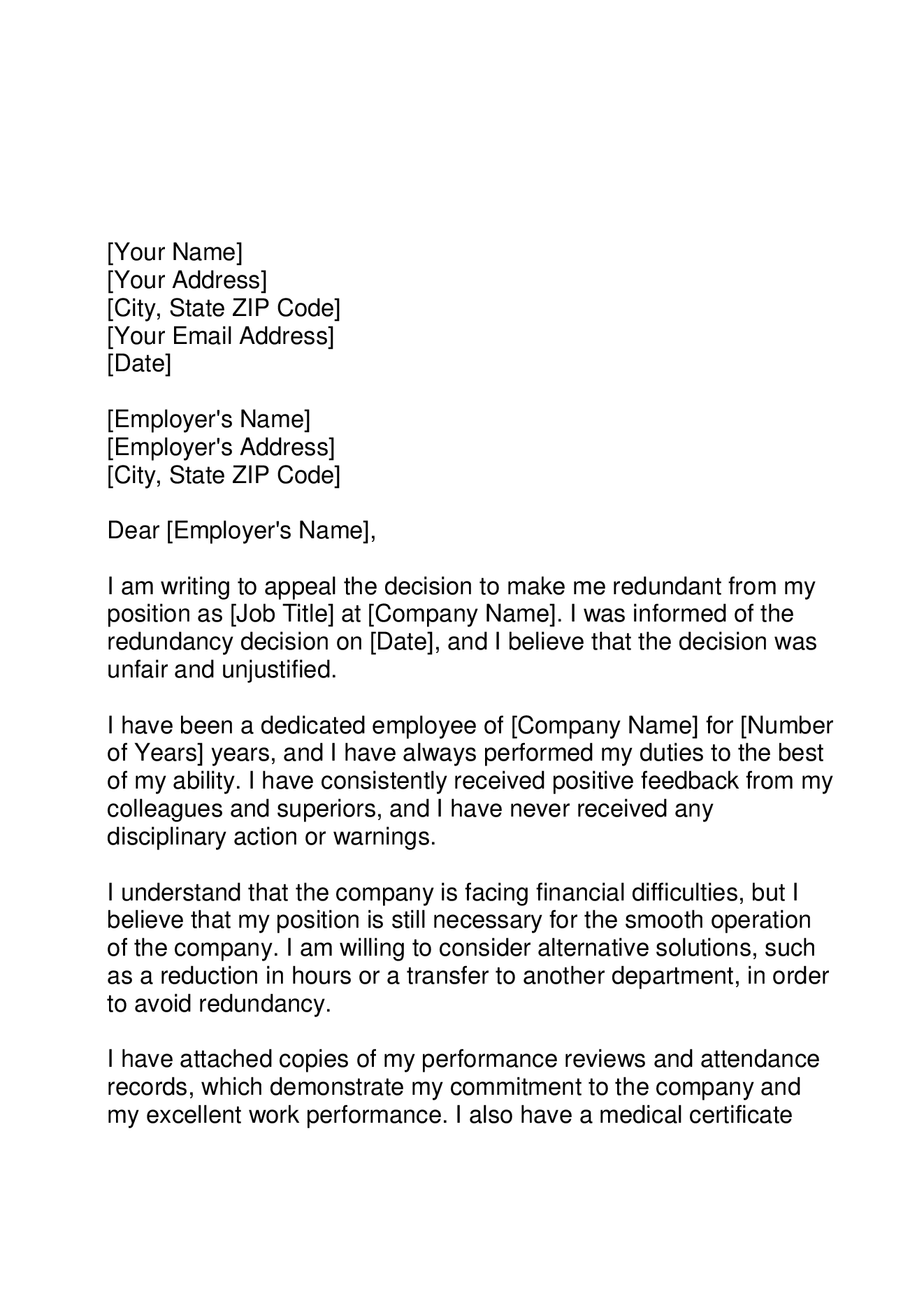Checking Out the Interplay In Between Business Redundancy and Business Versatility for Future Growth
In the vibrant landscape of today's business globe, the elaborate partnership between firm redundancy and organizational flexibility emerges as an important factor for continual growth and success. Business often encounter the challenge of striking a fragile equilibrium between keeping a level of redundancy to minimize risks and promoting adaptability to respond promptly to the ever-evolving market demands. This delicate interaction holds the essential to not just surviving in rough times yet also prospering in the face of uncertainty. As we check out the diverse dimensions of this interplay, intriguing insights right into just how organizations navigate these complexities to lead the way for future growth await.
Significance of Business Redundancy
Business redundancy is a critical element that enhances organizational resilience and reduces operational risks. By incorporating redundancy steps within the organizational framework, firms can better endure unanticipated interruptions and changes in business atmosphere. Redundancy acts as a strategic buffer, permitting firms to adjust and respond efficiently to unexpected challenges without endangering essential operations.
One trick facet of the value of business redundancy is its role in ensuring connection throughout times of dilemma. When faced with sudden adjustments or emergency situations, redundant systems, sources, or employees can step in to maintain vital features and stop extensive disruptions. This connection not just safeguards the company's reputation and consumer depend on but also decreases monetary losses and operational downtime.

Methods for Business Versatility

Creating adaptable organizational frameworks that permit for fast modifications to market dynamics and customer demands is crucial for remaining competitive in a rapidly evolving setting. By proactively determining potential disturbances and chances, organizations can proactively grow and adapt in an ever-changing organization landscape.
Harmonizing Redundancy and Adaptability
Achieving a harmonious stability between operational redundancy and business adaptability is critical in browsing the complexities of a dynamic business atmosphere. Striking the appropriate balance between redundancy and versatility is a fragile procedure that requires a deep understanding of the organization's objectives, sector dynamics, and risk resistance.
To attain this balance, companies need to conduct regular assessments of their operations to identify areas where redundancy is needed for threat reduction and where versatility can drive advancement and development. Carrying out versatile frameworks, promoting a culture of continuous learning and improvement, and urging open interaction across all levels of the organization are key strategies to balance redundancy and flexibility successfully. By lining up these two vital aspects, companies can position themselves for lasting development and success in an ever-changing company landscape.
Case Studies on Adjustment Success
In checking out circumstances of effective business adaptation, it becomes evident that the interaction between operational redundancy and flexibility is a defining Resources consider forming durable businesses. One compelling instance research study is that of Netflix. Initially a DVD rental solution, Netflix demonstrated remarkable flexibility by transitioning into a streaming system when digitalization interrupted the industry. By purposefully investing in innovation and content production, Netflix not only prospered but made it through in a rapidly advancing market. One more standout instance is Amazon. Starting as an online bookstore, Amazon continually adjusted its business design, expanding right into varied markets such as cloud computer and expert system. This versatility enabled Amazon to stay ahead of rivals and meet altering customer demands. Finally, Adobe gives a noteworthy picture of effective adaptation. The company changed from selling software application licenses to a subscription-based version, ensuring persisting earnings streams and enhanced client involvement. These instance studies highlight the value of operational redundancy coupled with organizational versatility in cultivating long-term growth and competitiveness.
Building Resilience for Future Growth
Building resilience for future development calls for a strategic placement of functional procedures with market dynamics and emerging fads. Firms must adjust to transforming atmospheres by promoting a culture of flexibility, innovation, and continual renovation. Durability involves not just recovering from problems but additionally proactively planning for future difficulties. One essential aspect of structure durability is investing in durable danger management strategies to mitigate possible interruptions. This includes circumstance planning, expanding supply chains, and establishing contingency prepare for different backups (who pays redundancy money).
Furthermore, cultivating strong partnerships with stakeholders, such as customers, staff members, providers, and the area, is vital for weathering unpredictabilities and maintaining count on and assistance during rough times. Reliable communication and transparency play an essential role in structure strength, as they assist straighten expectations and help with partnership in browsing uncertainties.
Additionally, companies require to focus on knowing and advancement campaigns to upskill employees and furnish them with the needed devices to adjust to changing situations. By purchasing their labor force, click for source firms can boost their adaptability and agility, ultimately enhancing their durability for lasting future development.
Verdict

In the dynamic landscape of today's service globe, the elaborate partnership between business redundancy and business adaptability emerges as a critical element for continual development and success. Companies commonly encounter the challenge of striking a delicate equilibrium in between maintaining a level of redundancy to alleviate threats and cultivating adaptability to respond quickly to the ever-evolving market needs.To attain this balance, firms need to conduct routine analyses of their procedures to identify areas where redundancy is necessary for danger mitigation and where adaptability can drive advancement and growth.In final thought, the interaction in between firm redundancy and business adaptability is essential for future growth. Building durability via a mix of redundancy and flexibility will certainly ensure that companies are prepared for the challenges of the future.
Comments on “If a Company Goes Bust Who Pays Redundancy? Legal Insights for UK Personnel”